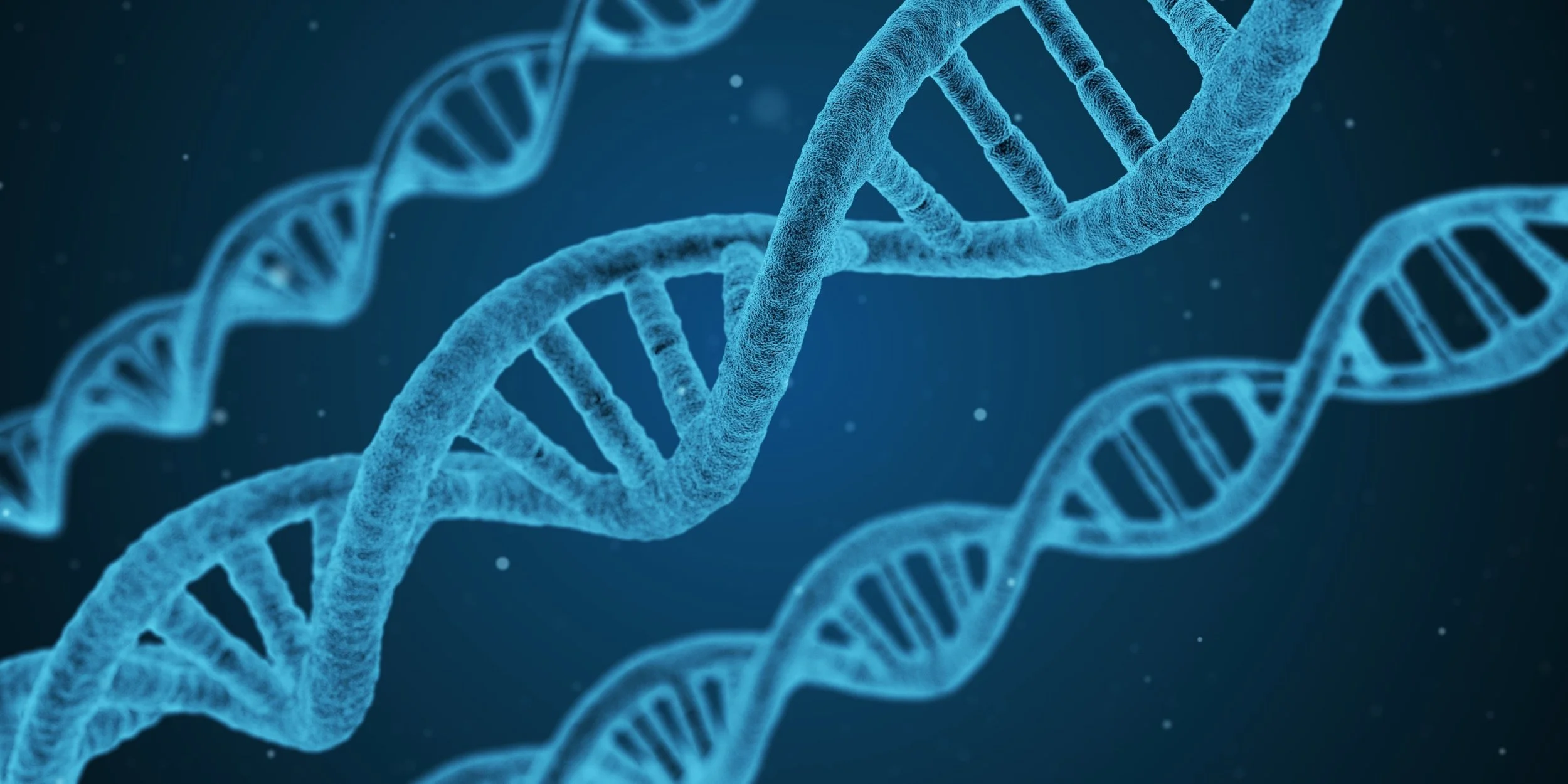eDNA Testing
Identifying and tracking biodiversity in an ecosystem through direct observation can be laborious and unreliable. It often fails to create a comprehensive view of the diversity and abundance of species within an environment. Parts of an ecosystem that are difficult to observe, such as aquatic environments or microorganisms, can be left out of the picture. One thing that every organism leaves behind in an environment is its own genetic material. By using eDNA testing, researchers can identify species in that environment without having to directly observe them.
To do eDNA testing, samples are collected, often from soil or water. They are then filtered to concentrate the sample. Using simple DNA extraction kits, DNA is removed from any other materials within the sample. The extracted DNA is then amplified using methods like PCR (Polymerase Chain Reaction). To identify the species, specific genetic markers are targeted for DNA sequencing. This process is often called barcoding when identifying a single target species (e.g., Did Asian carp DNA show up?) or metabarcoding when identifying all species within a sample (e.g., What are all the fish species in this lake?).
From this data, you can figure out information on the biodiversity in the area, species distribution, and track potentially harmful organisms such as invasive species, algal blooms, and pathogens. The main drawbacks of eDNA findings are that researchers don’t necessarily know if identified organisms are living, dead, or if they only briefly passed through the area but no longer reside in that ecosystem. It’s also difficult to get an exact number for the abundance of a particular species, but estimates can be determined.
eDNA testing is being used for a variety of conservation purposes. Not only is it a helpful tool to track biodiversity, but it can also be a valuable preventative measure. Ecosystems can suffer impacts from invasive species or disease outbreaks rapidly. In some cases, by the time people are able to notice, identify, and address these issues, the problem has already caused mass environmental devastation and costly fixes. These situations highlight the importance of prevention in conservation. The identification efficiency of eDNA testing offers an option to detect harmful species or pathogens early, before they wreak havoc on ecosystems.
Resources
“The Process of eDNA” from Upper Midwest Environmental Sciences Center, published by USGS. Read More
“Environmental DNA (eDNA)” factsheet published by NOAA. Read More
“Opportunities for regional collaboration and prevention: Assessing the risk of the live bait trade as a pathway of invasive species” by Hannah Mulligan et al., published by Biological Conservation.

